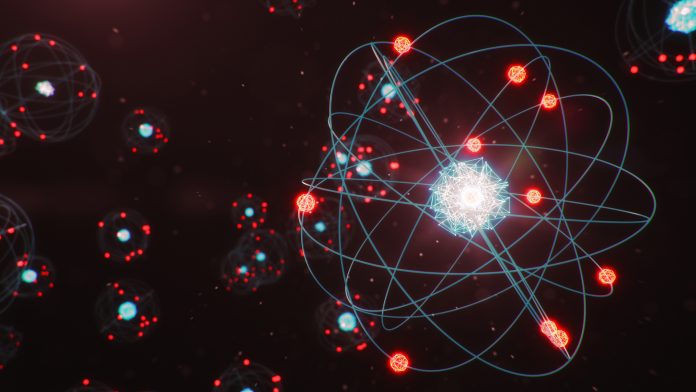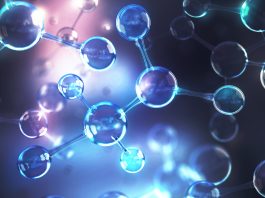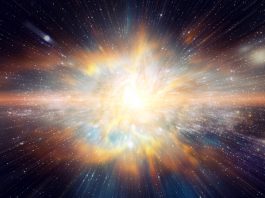A team of researchers has successfully performed atom interferometry in space, on board a sounding rocket, for the first time.
Precise measurements are feasible using atom interferometers that employ the wave character of atoms for this purpose. This has applications such as measuring the gravitational field of the Earth or to detecting gravitational waves.
For the first time, a research team has managed to demonstrate atom interferometry in space and have done so on board a sounding rocket.
Professor Patrick Windpassinger of the Institute of Physics at Johannes Gutenberg University Mainz (JGU), whose team was involved in the investigation, commented: “We have established the technological basis for atom interferometry on board of a sounding rocket and demonstrated that such experiments are not only possible on Earth, but also in space.”
The team’s findings have been published in Nature Communications.
The researchers, from several universities and research centres led by Leibniz University, Hannover, launched the MAIUS-1 mission in January 2017. This has since become the first rocket mission on which a Bose-Einstein condensate has been generated in space.
This special state of matter arises when atoms – in this case atoms of rubidium – are cooled to a temperature close to absolute zero, or minus 273 degrees Celsius. “For us, this ultracold ensemble represented a very promising starting point for atom interferometry,” explained Windpassinger.
During the experiments, the gas of rubidium atoms was separated using laser light irradiation and then superpositioned. Depending on the forces acting on the atoms on their different paths, various interference patterns can develop, which can be used to measure the forces – like gravity – that are influencing them.
The researcher’s study demonstrated the interference capability of the Bose-Einstein condensate as an essential property of the atomic ensemble. Consequently, the atoms in the interferometer were only partially superimposed by means of varying the light sequence, which led to the generation of a spatial intensity modulation.
The team has therefore shown the feasibility of the concept, which could lead to further experiments targeting the measurement of the Earth’s gravitational field, the detection of gravitational waves, and a test of Einstein’s equivalence principle.
Going forward, the team wishes to investigate the possibility of high-precision atom interferometry to test Einstein’s principle of equivalence. Two more rocket launches, MAIUS-2 and MAIUS-3, are planned for 2022 and 2023, and on these missions, the team plans to use potassium atoms, as well as rubidium atoms, to generate interference patterns.
By comparing the free fall acceleration of the potassium and rubidium atoms, precision that was previously not achievable can be facilitated. Dr André Wenzlawski, a member of Windpassinger’s research group at JGU, who is directly involved in the launch missions, explained: “Undertaking this kind of experiment would be a future objective on satellites or the International Space Station ISS, possibly within BECCAL, the Bose Einstein Condensate, and Cold Atom Laboratory, which is currently in the planning phase. In this case, the achievable accuracy would not be constrained by the limited free-fall time aboard a rocket.”
This research illustrates a highly active research field of quantum technologies, which also includes developments in the fields of quantum communication, quantum sensors, and quantum computing.









